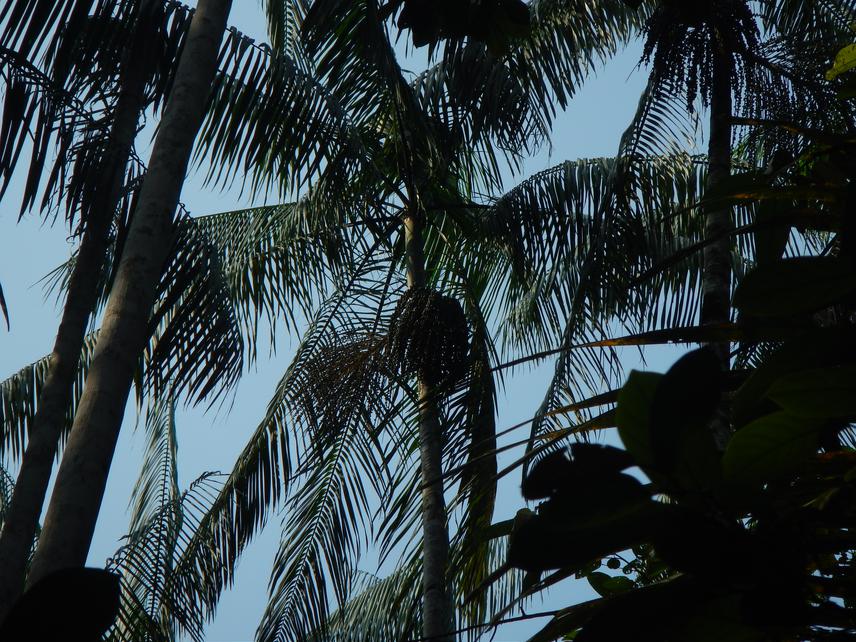Heloisa Dantas Brum
Other projects
26 Oct 2012
Conservation and Management of Community-Based Agriculture and Non-Timber Forest Products of Piagaçu-Purus Sustainable Development Reserve, Amazonas, Brazil
We propose to study the sustainability of fruit extraction of Euterpe precatoria palm (açaí), in the Brazilian Amazon. The species is widely used by traditional populations and their fruits are of great importance to the local and regional economy.

Conciliating the use of natural resources and the conservation of tropical forests is a major challenge with environmental and economic consequences. The assessment of the impact of extractive activities on plant populations is of great importance to define strategies for the conservation of tropical forests. In this project we propose to evaluate the plant population sustainability of açaí fruit extractivism in the Brazilian Amazon and suggest viable management strategies. The target species is the açaí (Euterpe precatoria), a palm tree widely used in Amazon for the extraction of a fruit pulp juice. The açaí juice has a high nutritional value and is very important for the local and regional economy, with great potential for export. In addition, the lower Purus River region is a focal area for the conservation of natural resources in Amazon. We will use matrix population models developed to include spatial and temporal effects of population density and extraction intensity of this non-timber forest product, in habitats with different ecological characteristics and exploration pressures. In addition, we will conduct interviews with local residents to better understand the traditional management and production chain of açaí. We expect to shed light on the ecological bases for management of the species and contribute with decision making on management actions, planning and zoning in protected areas.